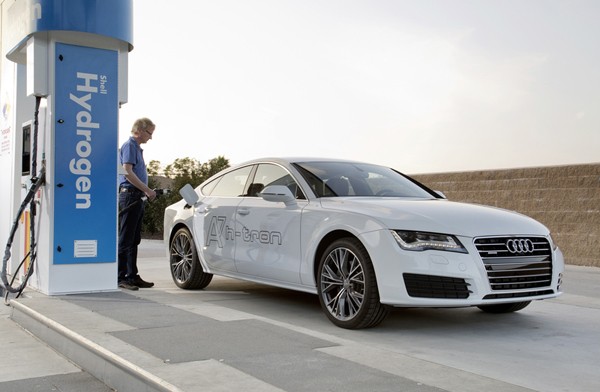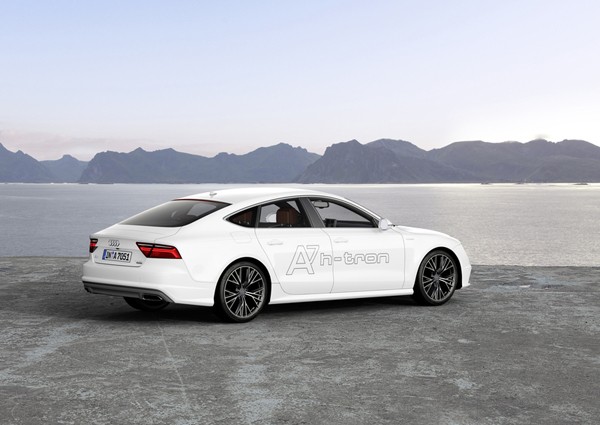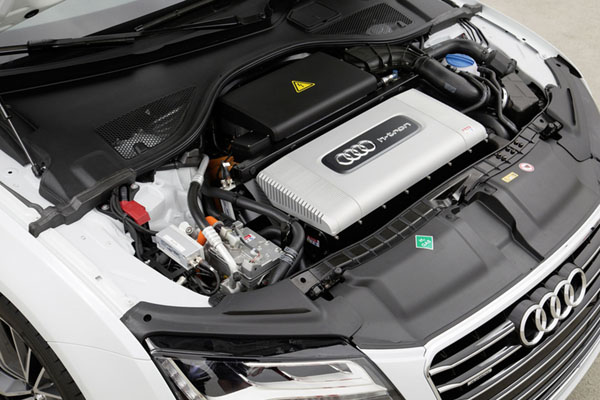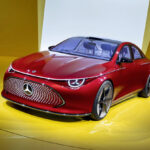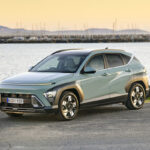My first comment while driving the Audi A7 h-tron was straight to the point. “It feels very normal” I told Dr Friedrich G Wilhelm, one of the senior engineers on the Audi h-tron project, who was in the passenger seat. Then realised I had probably said the wrong thing when describing a futuristic Audi prototype crammed full of leading edge technolgy.
It’s hard to get Germans, let alone German engineers, openly excited, but a big smile spread over his face and he replied in an excited voice, “Normal. That’s exactly how we want our A7 h-tron to feel.”
Though Audi is at the forefront in high-tech automotive power it feels potential buyers could be put off if the car felt different to the norm. Hence, part of the design brief was to make it feel like any other quality, high-performance car.
The ‘h’ in the Audi’s h-tron name refers to the element hydrogen, the most common element in the Universe.
Hydrogen is stored in four high-pressure cylinders under the rear of the A7. A device known as a fuel cell is fitted under the front bonnet and separates the protons and electrons in the hydrogen. The electrons provide electricity which is used to drive a motor to power the front wheels of the Audi. (It’s much more complicated than in this brief explanation, try somewhere like Wikipedia for a fuller description.)
The A7 h-tron also has a conventional lithium-ion battery of the type seen in many electric cars and hybrids in the rear. This can be charged externally in normal plug-in fashion, and by regenerated energy during braking and downhill throttle-off running. It drives another electric motor connected to the back wheels. Audi A7 can run for as far as 50 kilometres in electric car mode.
By far the biggest difference between the h-tron and other electric and hybrid cars is that hydrogen can fill the high pressure cylinders in about three minutes; then provides a range of up to 500 km. Add the 50 kilometres from the lithium-ion battery and this climbs to 550 km. In other words, similar fill time and range as a petrol engine vehicle – a huge advantage over pure electric cars.
The biggest problem is that refuelling stations are few and far between, even in Europe and the USA, where there are only a few dozen. Australia has just one. If hydrogen takes off as a vehicle fuel the number of refuelling outlets will increase. The trouble is that until vehicle sales increase there won’t be a sufficient number of refuelling points.
The only answer to this Catch-22 situation is government assistance. Given Australian governments’ embarrassing lack of assistance on clean vehicles to date we aren’t feeling positive…
As the A7 h-tron is powered by all four wheels, it can be called a ‘quattro’ in Audi speak. However there’s no mechanical connection between the front and rear wheels.
DRIVING
As emphasised in the opening to this story, Audi A7 h-tron is surprisingly normal in the way it feels. The only real difference is the instant throttle response that’s such a great feature of all vehicles with some form of electric power – we love them for that.
There’s more noise from the powertrain than you get in a pure electric car or hybrid vehicle. Most of this comes from air being pumped under pressure into the fuel cell, as well as from the exhaust system – the exhaust in this case being water, there are absolutely no harmful exhaust emissions. These sounds will become muted as further work is done on the prototype.
Performance is very good, with the h-tron going from rest to 100 km/h in about 7.9 seconds, that’s due to the 170 kW of power and 540 Nm of torque produced.
Handling feels fine despite the fact the h-tron weights about 300 kg more than the standard car. We didn’t push the car hard in bends – a smart move when driving a prototype vehicle that cost millions of euros to build.
Some 100 millimetres of depth is lost in the boot to provide space for the hydrogen tanks, battery and electric motor, but the boot of the standard Audi A7 is so large the loss of volume is barely noticed.
THE FUTURE
When will the Audi A7 h-tron go into production? No date has been set, in fact it may never be made. The prototype vehicle we have just driven has been built by Audi to investigate ways of reducing costs, improving performance and minimising the size and weight of the components.
The future certainly won’t take Audi by surprise.
Though several major manufacturers are working on hydrogen power the biggest competitor is the pure electric car. The trouble with electric cars is extremely long charging times and limited range. Audi h-tron answers these questions, but the need for thousands of refuelling points to be provided globally is a huge stumbling block.
It’s great to see that Audi is putting a major effort and a lot of money into improving the air which we all breathe.
As well as hydrogen fuel cell cars the high-tech German maker is extremely experienced in diesel-electric racing cars, dominating the world’s toughest road race, the Le Mans 24-hour for over a decade. Will we see hydrogen winning Le Mans one day? Who knows.




